Not unhelpful resistance: Fostex TR headphone ruler
Hi, Giktayms! There are many well-known names in the world of sound, however, the “golden ten” has remained unchanged for several years. True connoisseurs will name its representatives without any particular difficulty, one of which is Fostex, a company with 40 years of history, specializing in the production of professional sound equipment. We already got acquainted with its premium device - the Fostex TH-610 , but today we decided to talk about a more affordable product line of the company, which, despite this, deserves a place both in recording studios and on the office or home desk.

A new series of professional dynamic headphones called TR was introduced this year and warmly received not only by fans of Fostex devices, but also by audiophiles from around the world. The line consists of three models: TR-70 (open), TR-80 (closed) and TR-90 (half-open), which differ in acoustic design. In addition, each is presented in two versions: with impedance - 80 and 250 Ohms.
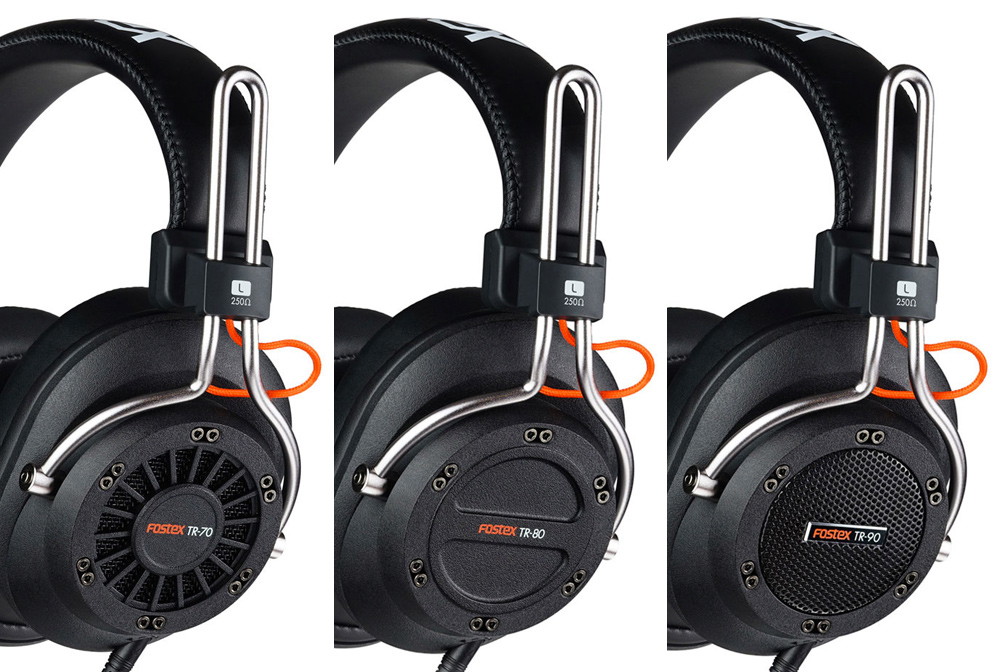
')
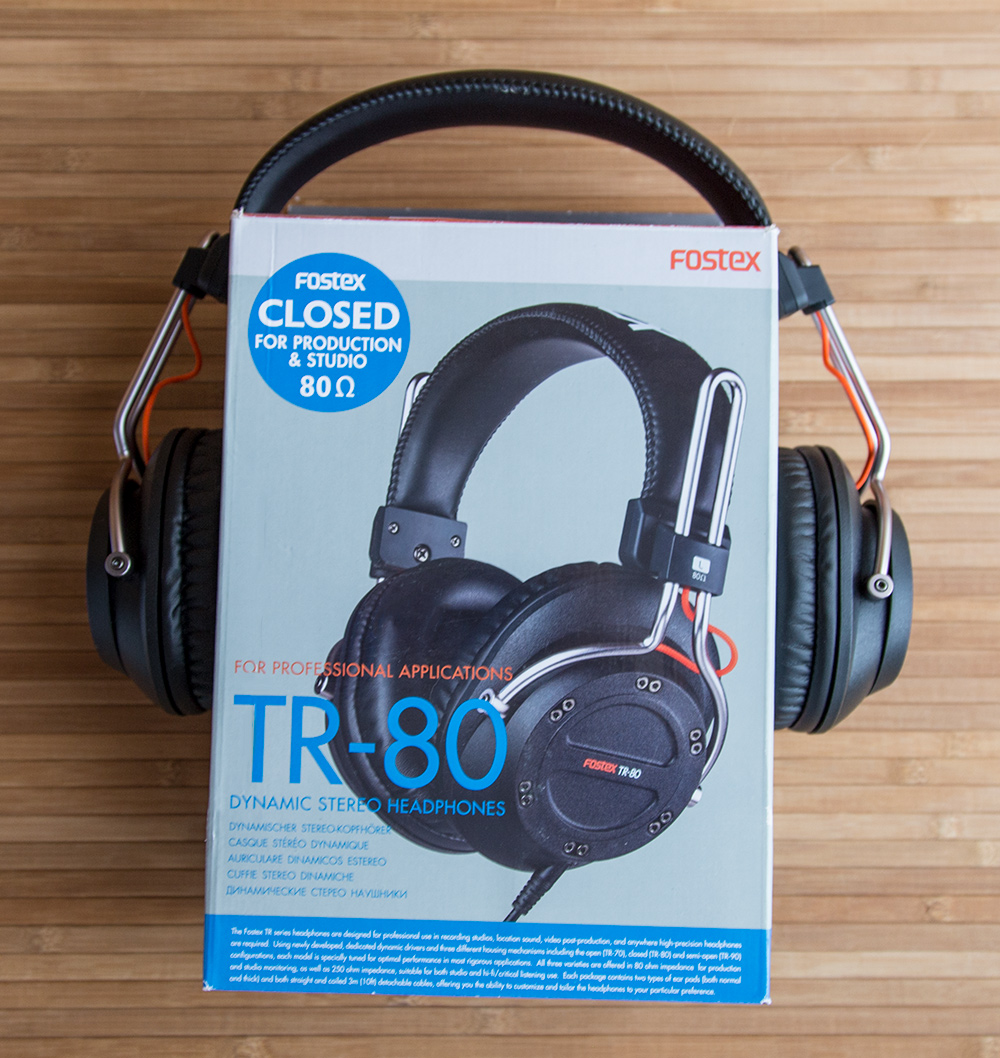
In general, not every audio manufacturer can boast such a story as that of Fostex. Initially, the company was created as a subsidiary of Foster Electric Company already in 1973, and was focused mainly on the Japanese market. Connoisseurs of sound in this country are enough, and sometimes audiophilia borders on madness: for example, Japanese Takeo Morita argued that “bad electricity” negatively affects the quality of its melodies. Took and this year installed a street power pole for about $ 10,000 with its own transformer. Warm lamp, of course :)
In 1975, Fostex patented the Regular Phase, a special technology for producing diaphragms, from which it is possible to emit sound waves without changing the phase. The technology is actively developing, and literally in a couple of years the company presents to the world one of its legendary lines - T10, T20, T30 and T50. New items quickly became popular among professional musicians: T20 was especially loved by Michael Jackson himself, for whom they turned out to be the only headphones capable of withstanding the playback volume desired by the performer.
Now, many years later, Fostex does not cease to please with new masterpieces in the world of sound, which, thanks to the use of modern technologies, have become more accessible without sacrificing sound characteristics. And the TR line is just a serious claim to success: the body of the cups, 40 mm speakers and other elements of the headphones have been developed completely from scratch. The developers have done a tremendous job of optimization - they were not just trying to make a good product, but to achieve "the highest sound quality," according to the manufacturer. In this case, headphones should be as comfortable as possible when wearing.
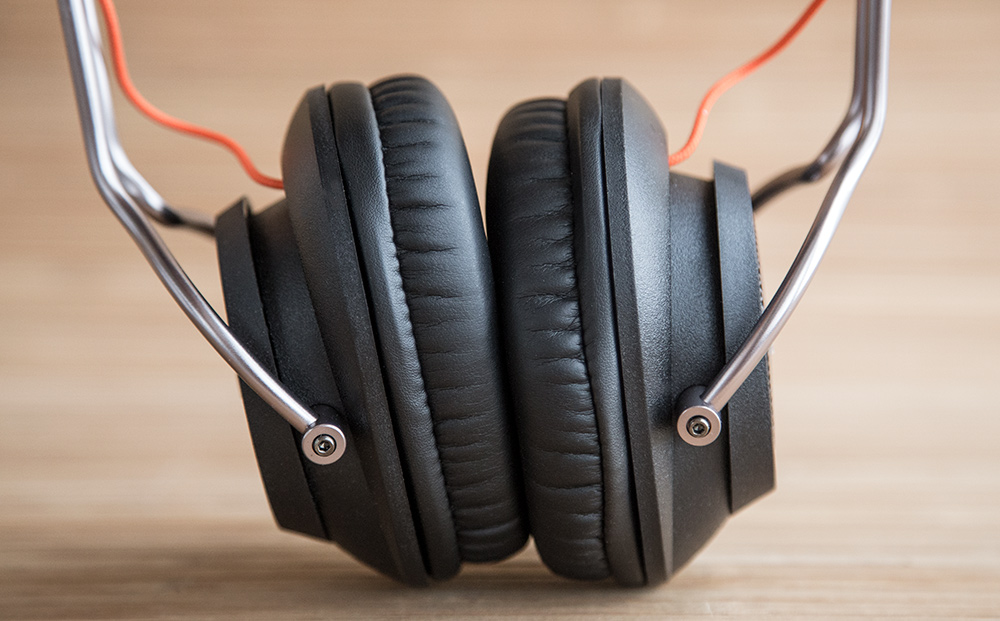
One of the nice bonuses of the TR series is that all three models of headphones are equipped with two pairs of interchangeable ear cushions: one pair of standard thickness and the other thickened. In addition, complete with the Fostex TR-70, TR-80 and TR-90 come with two detachable cables (straight and twisted) three meters long each with gold-plated mini-jack plugs, although the kit also comes with a 6.3 mm adapter.
The manufacturer positions the Fostex TR-90 as the older model of the line. Semi-open acoustic design provides a high level of richness of sound, as well as excellent detail. The Fostex TR-80, on the other hand, is a closed-type dynamic headset featuring well-balanced frequencies and excellent sound. The younger, but not the least, TR-70 is an open acoustic setting and natural sound.
Dull at first glance cardboard box hides a good set of accessories. In addition to the headphones themselves, there are two types of cables (twisted and straight) with a length of 3 m. A necessary thing for professionals is an adapter from 3.5 mm to 6.3 mm (all of a sudden you lost everything), plus various documentation and a small bag of eco-friendly Skin - a trifle, but nice.
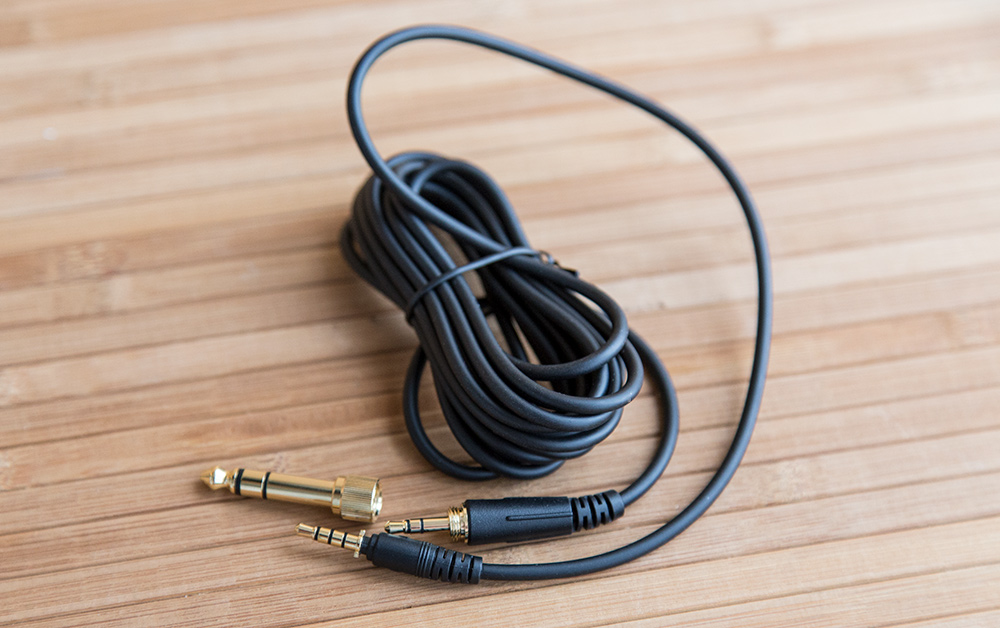
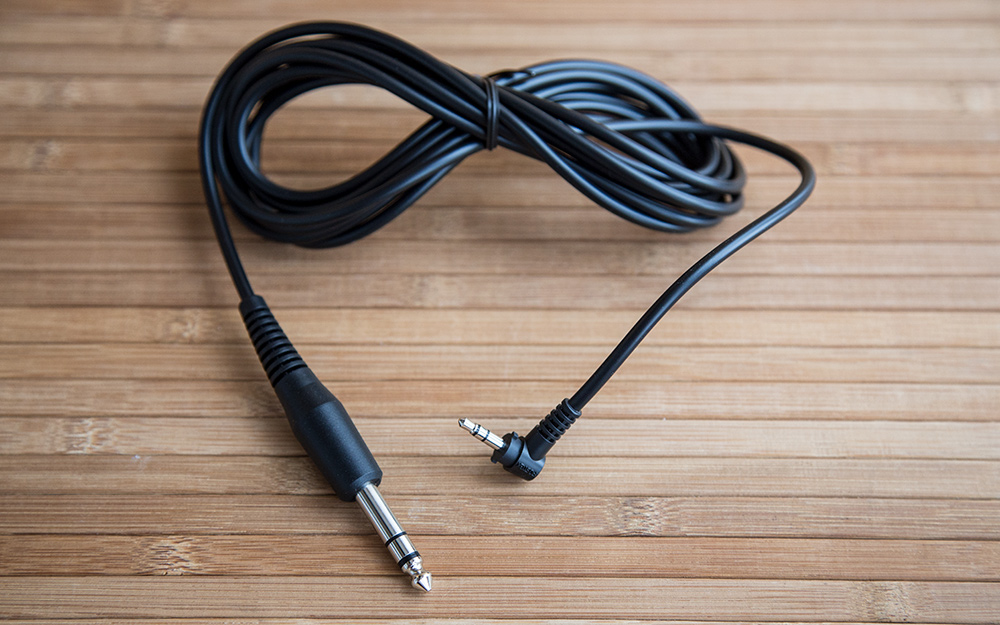

However, additional attention should be paid to extra pillows for ear pads of increased thickness. So will the difference be strong when listening? We will find out soon.

Since the headphones are more affordable than the same TH-610 or TH-900, the materials of the TR line are also simpler: ear pads and headband are made of artificial leather, the body is plastic, although everything is very high quality - take the same line on the headband. There is a clear legacy of the Land of the Rising Sun: everything is done with taste.
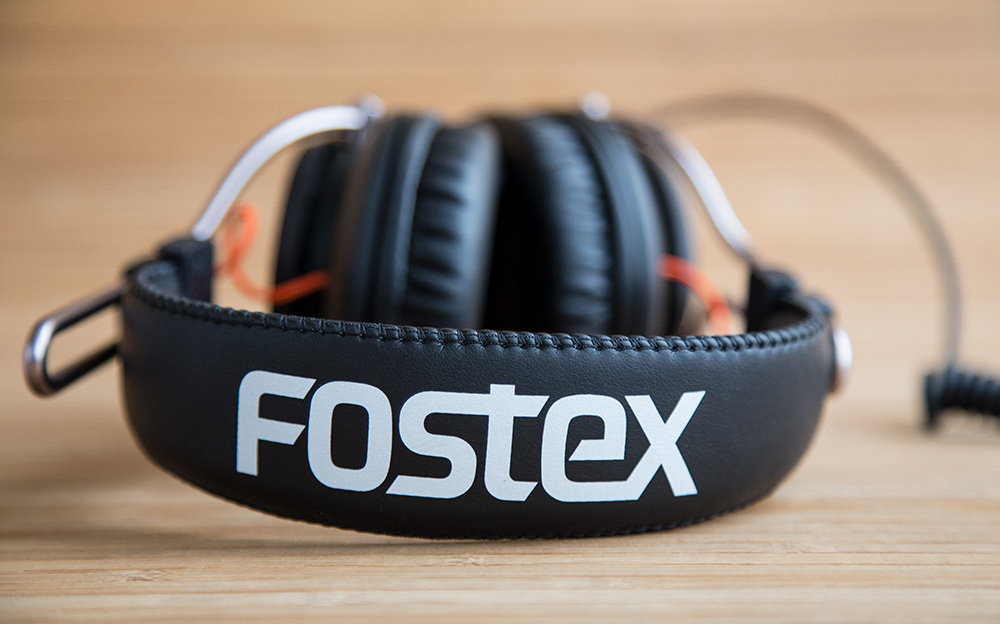
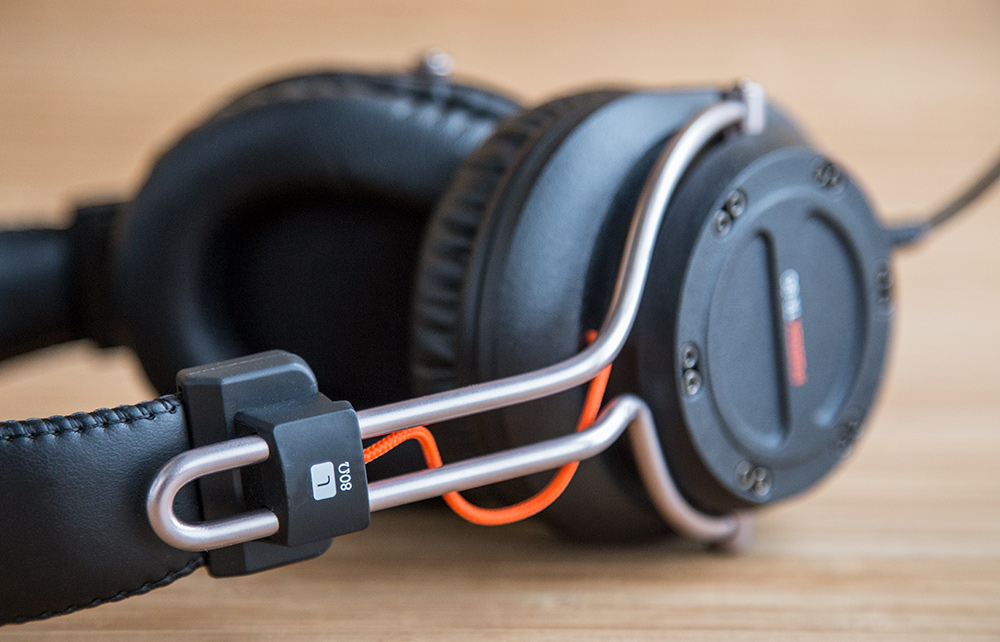
By design, the TR-70 strongly resembles the T40RP MK3, with the exception of different acoustic designs. Despite the fact that the diameter of the membrane is 40 mm, Fostex engineers were still able to lower the lower limit of the frequency range to 5 Hz. In the entire TR series, the company applies proprietary dynamic drivers. The cable is removable with fixation: on the one hand it is convenient, on the other - it makes the purchase of a spare wire a little difficult. But this is perhaps the little things.
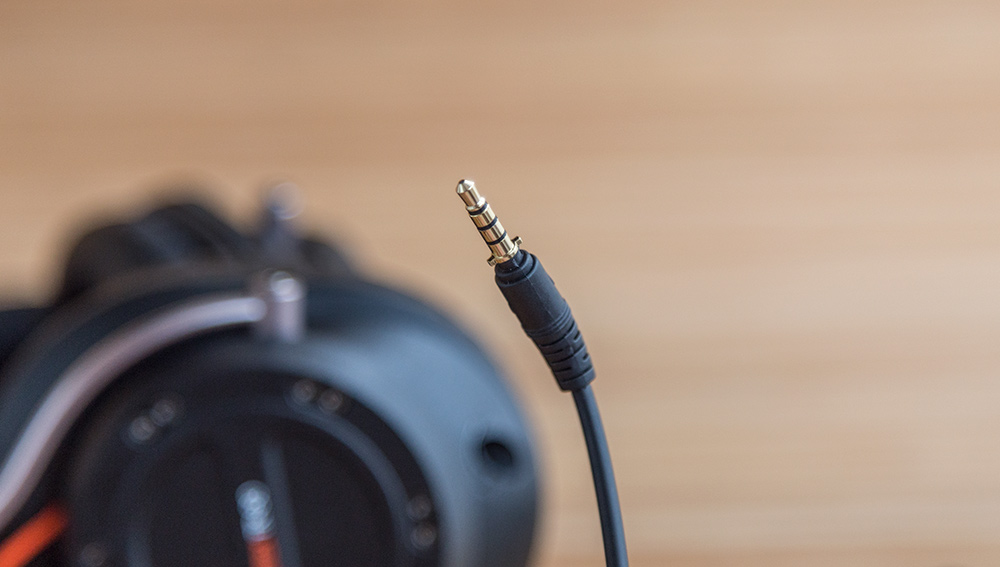
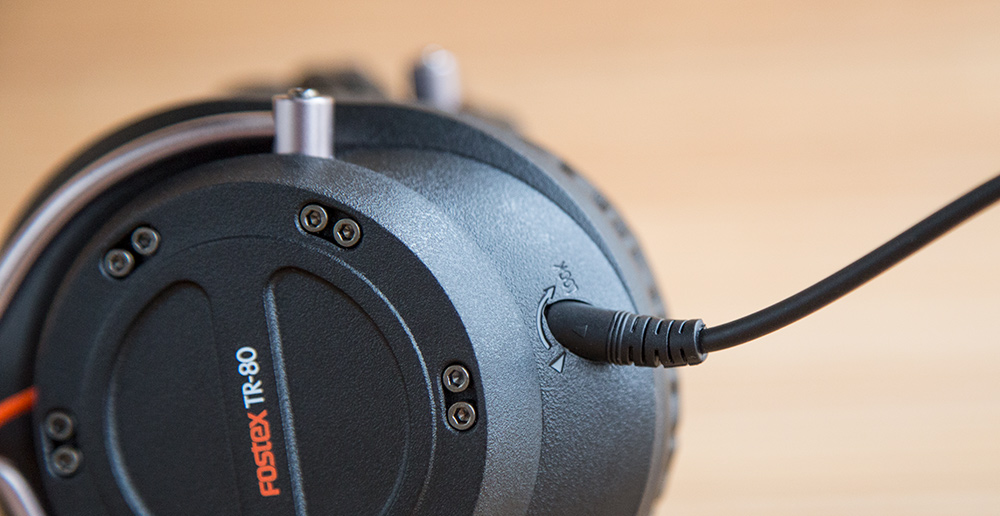
On the sides of the headphones is a grid, covered and decorated in the "aviation" style. At the expense of grids, headphones pass noise in both directions, providing a more natural sound. Yes, in public transport, the subway or on the plane with them will be problematic, but at home, in the office or in the studio they will not be equal. In addition, due to the lower sound pressure characteristic of open headphones, the TR-70 does not “press” on the ears.
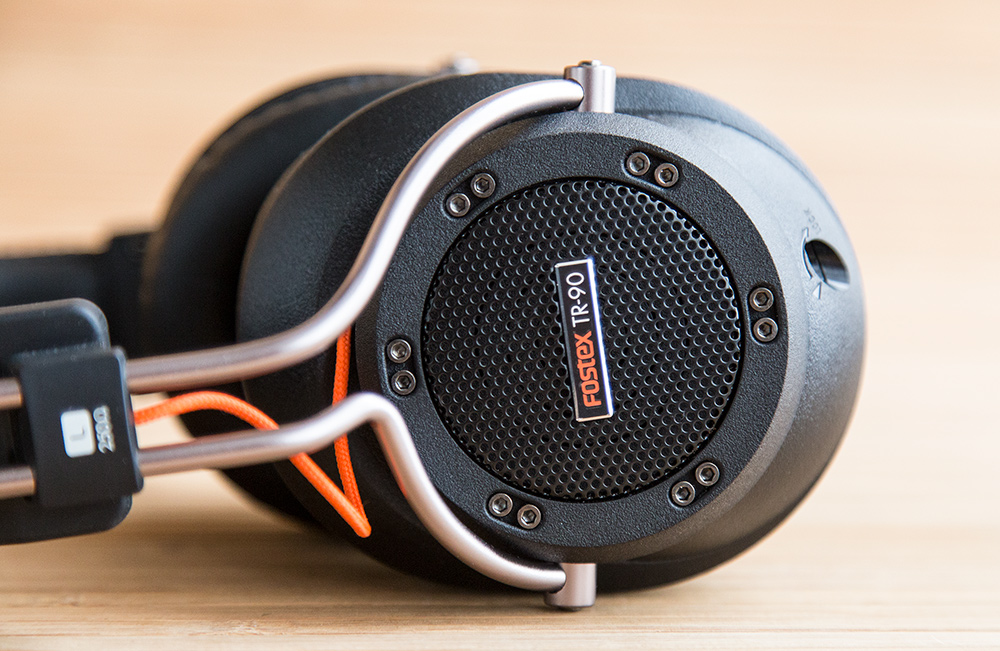
Although many were expecting a planar driver from the line rather than a dynamic one, Fostex still took the path of, so to speak, “least resistance”. Although the smallest - 250 ohms is not enough. The choice of high-impedance headphones as representatives of the series is obvious - the work of the amplifier with a lower level of distortion. In addition, if you use headphones as a studio, high impedance is perfect for stationary equipment due to the absence of a low voltage limit of the latter. This allows you to get enough power.
80 or 250 ohms? The answer to this question directly depends on how you are going to use headphones. If you plan to connect them to your smartphone and home stereo, a model with an impedance of 80 ohms will be an excellent choice. Low impedance headphones will sound louder if you connect them to the same devices. For those who need high quality and more “clear” sound, high-impedance headphones are definitely needed. As we have said, using stationary technology is a must have.
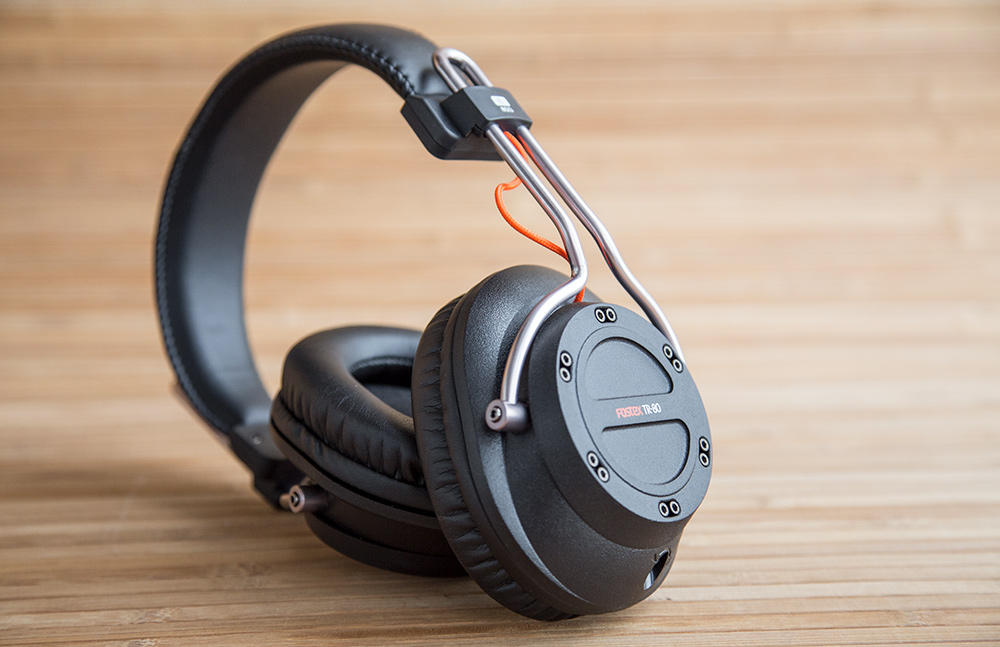
For clarity, if you take a uniform sensitivity of 96 dB / mW (as in the same TR-80) and feed exactly 1 mW to the headphones, the sound pressure level will be 96 dB SPL. Moreover, for models with different resistance, it is necessary to apply different ratios of voltage and current. The difference is best traced if we compare the low-resistance model (for example, 32 Ohms) and the high-resistance model (600 Ohms).
Simply put, a low voltage model needs a low voltage, but a high current level. But high resistance is the opposite: high voltage, low current level.
At first, they wanted to compare the headphones with the Fostex T-7, but then they came to the conclusion that the analogy with the same T40RP MK3 would be more appropriate. Compared to them, the entire TR line is bright and engaging, and even the TR-70, despite the open acoustic setup. We will not speak about the imaginary scene, the volume of instruments and deep bass, we better pay attention to whether the resistance and the change of ear cushions affect the sound quality (by the way, some skill is needed to replace the staffed ones with thickened ones).
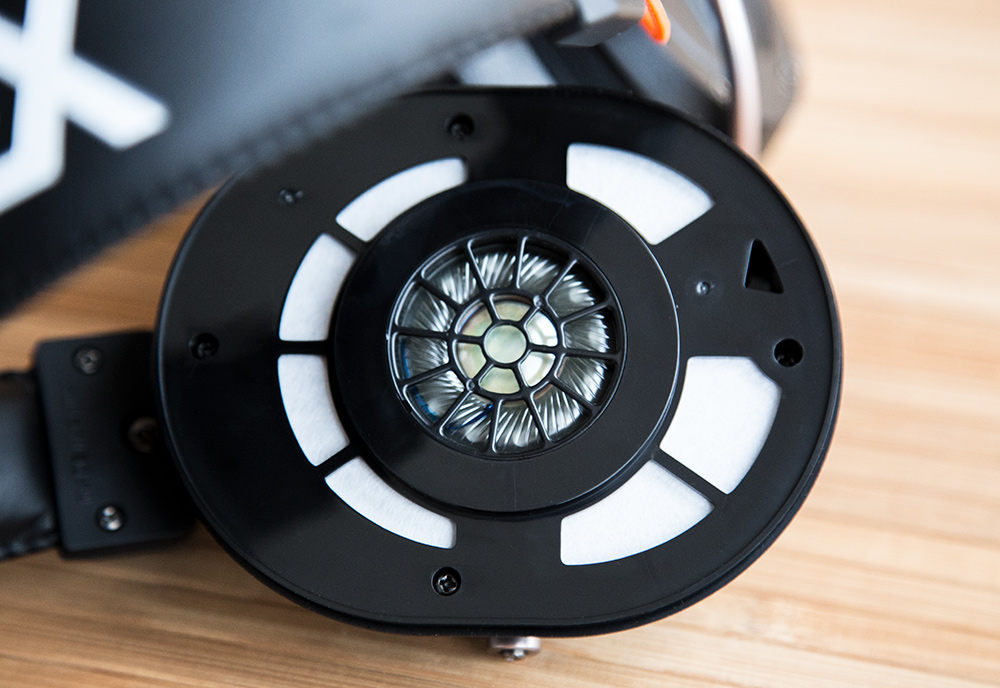
Subjectively, with thick ear cushions, the sound is more interesting and bassist, no matter what the headphones are connected to. Maybe the effect is that the thickened is softer and more comfortable, and the ears feel more spacious in them. Someone says that it is necessary to listen to the vocals only on staff members - they say, the voice becomes “deaf”. Did not notice. It is better to listen on your own, preferably immediately comparing with other models.
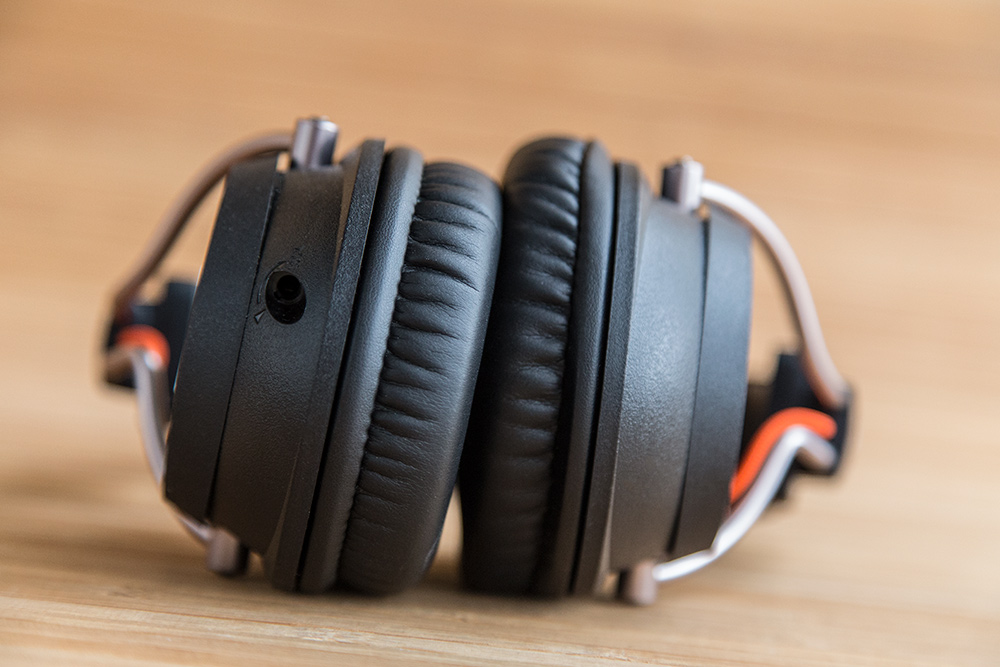
Of course, connecting a headset with a 250 Ohm impedance makes no sense to an ordinary smartphone (we already said why). Therefore, we immediately put our iPhones aside and take the player, the same OPPO HA-2, in our hands. Headphones immediately play a new way, and it is noticeable. However, the most impressive effect can be achieved when headphones are connected to a fixed system. No wonder the entire TR line is positioned more like a studio.
It seems to have figured out the resistance, but what about the acoustic design? Here, each again picks up the headphones to fit your needs. Yes, the closed design of the device is more practical and convenient in operation, at the same time open headphones give a more natural sound. So it all depends more on where you will use the TR-70, TR-80 or TR-90.

It can not but rejoice that in Fostex they were able to find the optimal balance between the sound of the headphones, their appearance and price - now the word “studio” does not lead many into a stupor. In fact, as we said at the beginning, all three representatives of the line are suitable for both professional and personal use. The main thing - to choose the right acoustic design and resistance.

A new series of professional dynamic headphones called TR was introduced this year and warmly received not only by fans of Fostex devices, but also by audiophiles from around the world. The line consists of three models: TR-70 (open), TR-80 (closed) and TR-90 (half-open), which differ in acoustic design. In addition, each is presented in two versions: with impedance - 80 and 250 Ohms.

')

In general, not every audio manufacturer can boast such a story as that of Fostex. Initially, the company was created as a subsidiary of Foster Electric Company already in 1973, and was focused mainly on the Japanese market. Connoisseurs of sound in this country are enough, and sometimes audiophilia borders on madness: for example, Japanese Takeo Morita argued that “bad electricity” negatively affects the quality of its melodies. Took and this year installed a street power pole for about $ 10,000 with its own transformer. Warm lamp, of course :)
In 1975, Fostex patented the Regular Phase, a special technology for producing diaphragms, from which it is possible to emit sound waves without changing the phase. The technology is actively developing, and literally in a couple of years the company presents to the world one of its legendary lines - T10, T20, T30 and T50. New items quickly became popular among professional musicians: T20 was especially loved by Michael Jackson himself, for whom they turned out to be the only headphones capable of withstanding the playback volume desired by the performer.
Now, many years later, Fostex does not cease to please with new masterpieces in the world of sound, which, thanks to the use of modern technologies, have become more accessible without sacrificing sound characteristics. And the TR line is just a serious claim to success: the body of the cups, 40 mm speakers and other elements of the headphones have been developed completely from scratch. The developers have done a tremendous job of optimization - they were not just trying to make a good product, but to achieve "the highest sound quality," according to the manufacturer. In this case, headphones should be as comfortable as possible when wearing.

One of the nice bonuses of the TR series is that all three models of headphones are equipped with two pairs of interchangeable ear cushions: one pair of standard thickness and the other thickened. In addition, complete with the Fostex TR-70, TR-80 and TR-90 come with two detachable cables (straight and twisted) three meters long each with gold-plated mini-jack plugs, although the kit also comes with a 6.3 mm adapter.
Fostex TR-70, TR-80 and TR-90 specifications
| Fostex TR-70 | Fostex TR-80 | Fostex TR-90 | |
| Headphone Type | Dynamic | Dynamic | Dynamic |
| Acoustic design | Open | Closed | Half open |
| Diaphragm diameter | 40 mm | 40 mm | 40 mm |
| Resistance | 80 ohm / 250 ohm | 80 ohm / 250 ohm | 80 ohm / 250 ohm |
| Sensitivity | 93 dB / mW | 90-96 dB / mW | 90-92 dB / mW |
| Frequency range | 5 - 35.000 Hz | 5 - 35.000 Hz | 5 - 35.000 Hz |
| Maximum input power | 100 mW | 100 mW | 100 mW |
| Weight | 298 g / 304 g | 292 g / 298 g | 302 g / 308 g |
| Length of cable | Straight and twisted, 3 m | Straight and twisted, 3 m | Straight and twisted, 3 m |
| Plug | 3.5 mm + 6.3 mm adapter | 3.5 mm + 6.3 mm adapter | 3.5 mm + 6.3 mm adapter |
The manufacturer positions the Fostex TR-90 as the older model of the line. Semi-open acoustic design provides a high level of richness of sound, as well as excellent detail. The Fostex TR-80, on the other hand, is a closed-type dynamic headset featuring well-balanced frequencies and excellent sound. The younger, but not the least, TR-70 is an open acoustic setting and natural sound.
Equipment
Dull at first glance cardboard box hides a good set of accessories. In addition to the headphones themselves, there are two types of cables (twisted and straight) with a length of 3 m. A necessary thing for professionals is an adapter from 3.5 mm to 6.3 mm (all of a sudden you lost everything), plus various documentation and a small bag of eco-friendly Skin - a trifle, but nice.



However, additional attention should be paid to extra pillows for ear pads of increased thickness. So will the difference be strong when listening? We will find out soon.

Appearance
Since the headphones are more affordable than the same TH-610 or TH-900, the materials of the TR line are also simpler: ear pads and headband are made of artificial leather, the body is plastic, although everything is very high quality - take the same line on the headband. There is a clear legacy of the Land of the Rising Sun: everything is done with taste.


By design, the TR-70 strongly resembles the T40RP MK3, with the exception of different acoustic designs. Despite the fact that the diameter of the membrane is 40 mm, Fostex engineers were still able to lower the lower limit of the frequency range to 5 Hz. In the entire TR series, the company applies proprietary dynamic drivers. The cable is removable with fixation: on the one hand it is convenient, on the other - it makes the purchase of a spare wire a little difficult. But this is perhaps the little things.


On the sides of the headphones is a grid, covered and decorated in the "aviation" style. At the expense of grids, headphones pass noise in both directions, providing a more natural sound. Yes, in public transport, the subway or on the plane with them will be problematic, but at home, in the office or in the studio they will not be equal. In addition, due to the lower sound pressure characteristic of open headphones, the TR-70 does not “press” on the ears.

Technical features
Although many were expecting a planar driver from the line rather than a dynamic one, Fostex still took the path of, so to speak, “least resistance”. Although the smallest - 250 ohms is not enough. The choice of high-impedance headphones as representatives of the series is obvious - the work of the amplifier with a lower level of distortion. In addition, if you use headphones as a studio, high impedance is perfect for stationary equipment due to the absence of a low voltage limit of the latter. This allows you to get enough power.
80 or 250 ohms? The answer to this question directly depends on how you are going to use headphones. If you plan to connect them to your smartphone and home stereo, a model with an impedance of 80 ohms will be an excellent choice. Low impedance headphones will sound louder if you connect them to the same devices. For those who need high quality and more “clear” sound, high-impedance headphones are definitely needed. As we have said, using stationary technology is a must have.

For clarity, if you take a uniform sensitivity of 96 dB / mW (as in the same TR-80) and feed exactly 1 mW to the headphones, the sound pressure level will be 96 dB SPL. Moreover, for models with different resistance, it is necessary to apply different ratios of voltage and current. The difference is best traced if we compare the low-resistance model (for example, 32 Ohms) and the high-resistance model (600 Ohms).
| Resistance, Ohm | 32 | 80 | 250 | 600 |
| Voltage (at 1 mW), mV | 179 | 283 | 500 | 775 |
| Current (at 1 mW), mA | 5.6 | 3.5 | 2 | 1,3 |
Simply put, a low voltage model needs a low voltage, but a high current level. But high resistance is the opposite: high voltage, low current level.
Sound
At first, they wanted to compare the headphones with the Fostex T-7, but then they came to the conclusion that the analogy with the same T40RP MK3 would be more appropriate. Compared to them, the entire TR line is bright and engaging, and even the TR-70, despite the open acoustic setup. We will not speak about the imaginary scene, the volume of instruments and deep bass, we better pay attention to whether the resistance and the change of ear cushions affect the sound quality (by the way, some skill is needed to replace the staffed ones with thickened ones).

Subjectively, with thick ear cushions, the sound is more interesting and bassist, no matter what the headphones are connected to. Maybe the effect is that the thickened is softer and more comfortable, and the ears feel more spacious in them. Someone says that it is necessary to listen to the vocals only on staff members - they say, the voice becomes “deaf”. Did not notice. It is better to listen on your own, preferably immediately comparing with other models.

Of course, connecting a headset with a 250 Ohm impedance makes no sense to an ordinary smartphone (we already said why). Therefore, we immediately put our iPhones aside and take the player, the same OPPO HA-2, in our hands. Headphones immediately play a new way, and it is noticeable. However, the most impressive effect can be achieved when headphones are connected to a fixed system. No wonder the entire TR line is positioned more like a studio.
What to choose?
It seems to have figured out the resistance, but what about the acoustic design? Here, each again picks up the headphones to fit your needs. Yes, the closed design of the device is more practical and convenient in operation, at the same time open headphones give a more natural sound. So it all depends more on where you will use the TR-70, TR-80 or TR-90.

It can not but rejoice that in Fostex they were able to find the optimal balance between the sound of the headphones, their appearance and price - now the word “studio” does not lead many into a stupor. In fact, as we said at the beginning, all three representatives of the line are suitable for both professional and personal use. The main thing - to choose the right acoustic design and resistance.
Source: https://habr.com/ru/post/400401/
All Articles